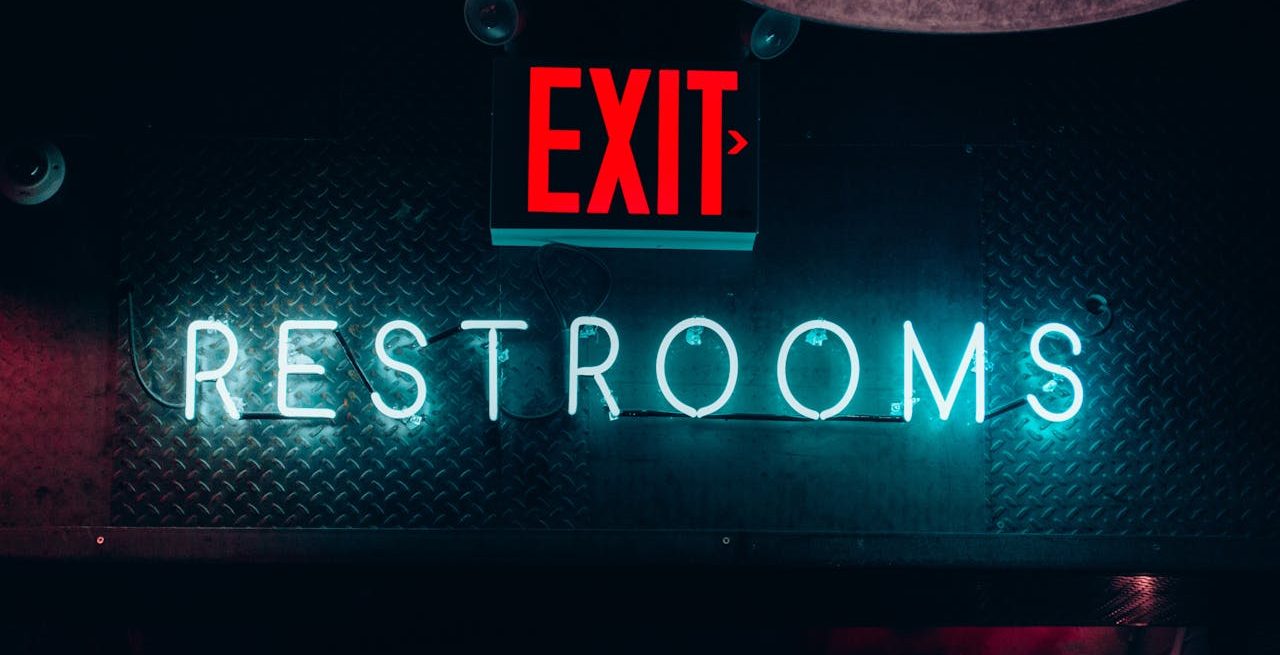Is Your Public Bathroom Hurting Your Profitability?
3 Min Read By Jacob Fedosky
Restaurants are a tough business, with only 50 percent of newly opened restaurants surviving to the five year mark. As such, restaurants are always looking for ways to stand out from other nearby eateries. Unique touches, from the furniture you put outside to what you offer inside, can make your restaurant more appealing.
These are just a few of the ‘above and beyond’ tactics restaurants can use to make themselves stand out, along with getting more involved in the community, using social media or offering loyalty programs. But did you also know that the state of your public bathroom - particularly, its accessibility to young children, their parents and persons with disabilities - can ultimately exert a huge impact on your profitability?
The Public Bathroom: An Overlooked Place in Many Restaurants
Many restaurant bathrooms are overlooked and can be inaccessible, impacting the overall dining experience and potentially contributing to a negative perception of the establishment…
Sorry, You've Reached Your Article Limit.
Register for free with our site to get unlimited articles.
Already registered? Sign in!


